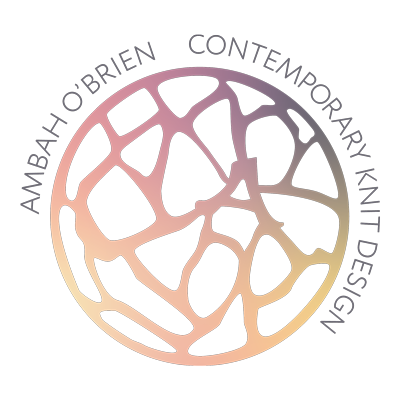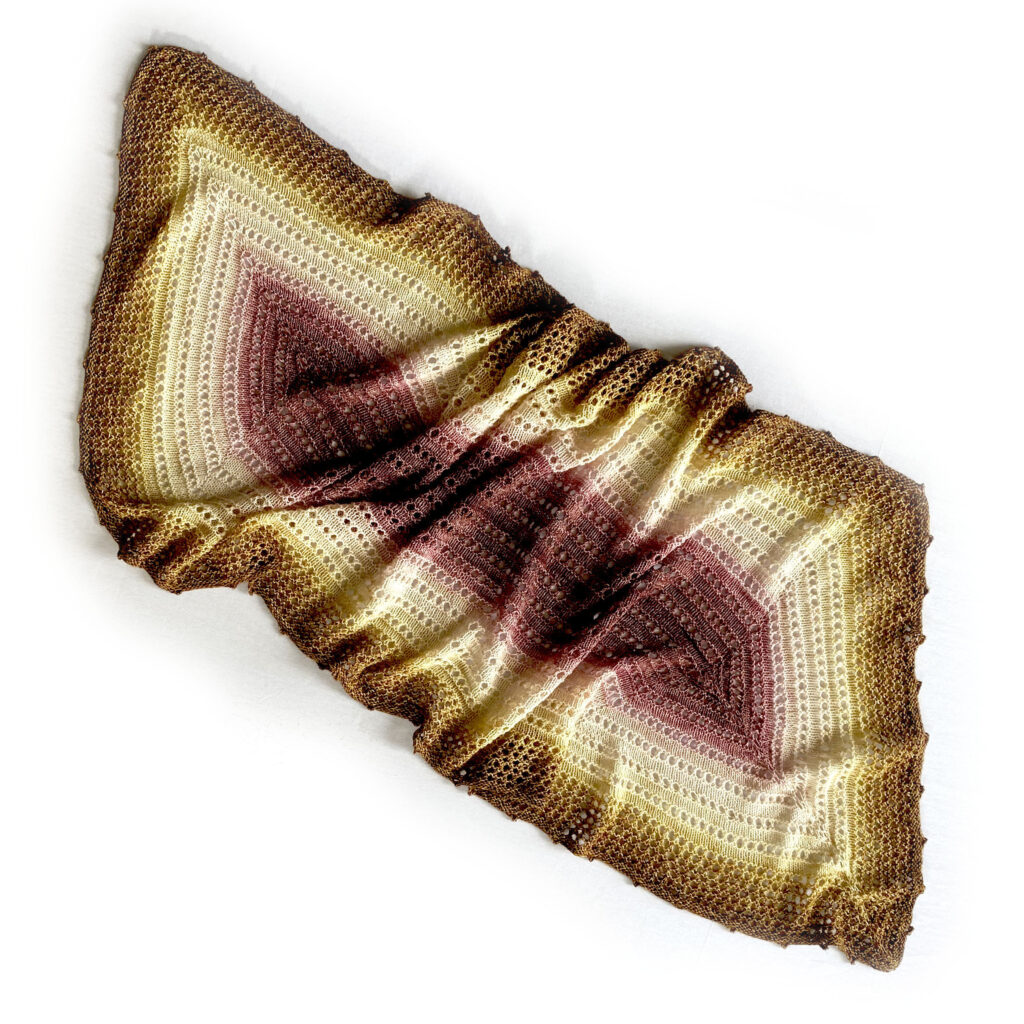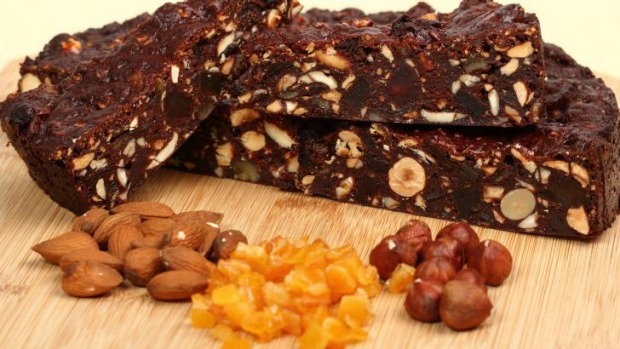We meet with Lauren from A girl and her wool and I share panforte inspiration.
Welcome to Day 16
Can we be 2/3s of the way there already!
I’m starting to think about festive baking and gift cooking; Jana and I talked a bit about this on the video a couple of days back and I mentioned Panforte; I’ll share the recipe below.
On today’s video we have a lovely chat with Lauren aka agirlandherwool, who’s gorgeous gradients I used for both the Radvent Cowl and Radvent Wrap this year.
Lauren has also kindly sponsored today’s prize. I’ve used the random selector to dray today’s winner from the Day 14 posts #3 – 455; congratulations to winning post #234 JulieMN, you have won $30 to spend in the A Girl and her Wool store and Lauren post your selection to you. agirlandherwool will be in touch to arrange your prize.
Everyone else can enjoy 25% off the A Girl and her Wool store for the next 48 hours with the coupon: RADVENT2020
Panforte makes a wonderful festive gift and also a treat to serve for any occasion.
From Wikipedia:
Panforte is a traditional chewy Italian dessert containing fruits and nuts. It is similar to a florentine but much thicker, or a little like a lebkuchen. Known throughout all Italy, it is associated most especially with the Province of Siena.Panforte dates back at least to the 13th century, in the Italian region of Tuscany. Documents from 1205, conserved in the State Archive of Siena, attest that bread flavored with pepper and honey (panes melati et pepati) was paid to the local monks and nuns of the monastery of Montecellesi (modern Monte Celso, near Fontebecci) as a tax or tithe which was due on the seventh of February that year.13
Literally, panforte means “strong bread”, derived from the Latin fortis,4 which refers to the spicy flavour. Originally the Sienese called it “panpepato” (peppered bread), due to the strong pepper used. The original desert was composed of wheat flour, honey, spices, dried figs, jam, pine nuts and was flavored with pepper.5
The process of making panforte is fairly simple. Sugar is dissolved in honey and various nuts, fruits and spices are mixed together with flour. The entire mixture is baked in a shallow pan. The finished disc is dusted with icing sugar. Commercially produced panforte often have a band of rice-paper around the edge.
Currently there are many shops in Italy that produce panforte, each recipe being their own jealously-guarded interpretation of the original confection and packaged in distinctive wrapping. Usually a small wedge is served with coffee or a dessert wine after a meal, though some enjoy it with their coffee at breakfast.
In Siena—which is regarded by many, if not most inhabitants of that city, as the panforte capital of Italy—it is sometimes said that panforte should properly contain seventeen different ingredients, seventeen being the number of Contrade within the city walls.
Recipe:
I use the Stephanie Alexander “the Cooks companion” version but can’t find it online to share. I found this festive variation, also by Stephanie and I think I’ll try this out this year.







